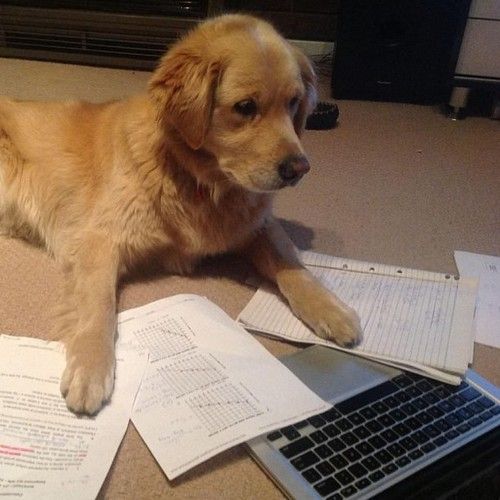Study Skills and Notes Advice for the New School Year

The school year is underway, and by now, most students have probably taken their first quizzes and tests. For those who didn’t perform well on these evaluations, it’s a trying time. Most students want to get started off on the right foot, so a poor grade right out of the gates can be concerning. Sometimes, it’s indicative of some brain rustiness that has accumulated over the summer; others, it foreshadows troubles to come. How do you tell the difference, and what can students do to prevent a slide into a lackluster semester?
Your Notes
Step Away From the Computer
The first place to turn is class notes, particularly for those students whose schools have adopted one-to-one devices like tablets or laptops. In general, we conceive of technology in the classroom as a 21st century imperative––a means through which we can help students develop the technological savvy that will be required of them in the future. But there is evidence out there to suggest that computer-based note taking leaves students worse off than does note taking on good old fashioned pen and paper. This is because paper-based note taking requires students to “translate” the ideas they hear and see in the classroom to ideas they can comprehend in their own ways. Students who take notes on computers generally don’t perform this process of translation, and thus do not exert the brain power required to comprehend and internalize important ideas.
Make Sure Notes Are Being Taken Correctly
Even if a student takes notes on paper, he or she may not be taking notes “correctly”. There is no single proper way to take notes, but there are telltale signs that notes are at best unhelpful and at worst counterproductive.
- Notes are very sparse and writing trails off. The student may be losing focus in the middle of ideas.
- Notes are unreadable (even to the student). This indicates a lack of attention or ability to get ideas down efficiently.
- Notes read like a book and contain no annotations. While this might seem like a good thing, if the student hasn’t written things down in his or her own words, it means that he or she is simply copying and not thinking. This makes it difficult to understand and retain information. Good notes show evidence of connecting ideas and bridging earlier points to later ones.
Optimizing Study Time
We’ve written a lot about proper studying, so you may want to check out what we’ve got to say here and here. Suffice it to say, simply “looking over notes” or recopying notes neatly is a waste of time. To study, students should be creating visually organized outlines and redoing practice problems from scratch. Building a knowledge base and bolstering abilities aren’t magical feats: just like everything else, they require time and repetition.
What to Do If You’re Already Behind
Three words: ask for help. Many students fail to nip their struggles in the bud early enough, and let difficulties build to a point of no return. Do not be bashful about asking your teachers or other mentors for help early and often. If you still have trouble, consider seeking a tutor, a peer mentor, or an online resource.
Do you have note taking and study tips you’d like to share? Let us know below!


